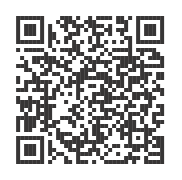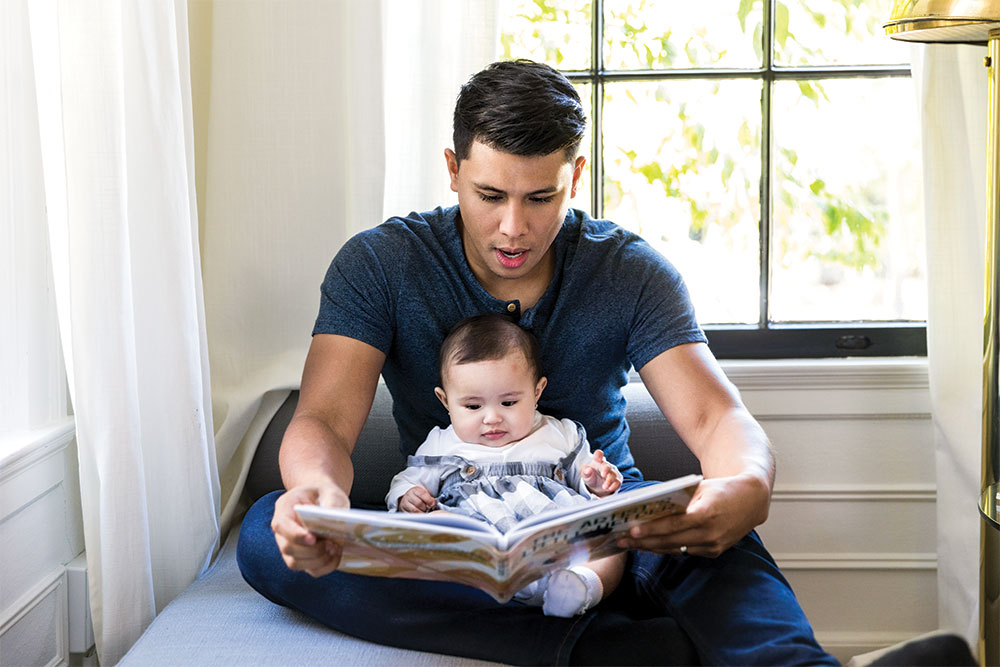Finding Support & Information
- Home
- Women
- Breastfeeding
- Finding Support & Information

Many moms need help with breastfeeding. The good news is there are a lot of people you can reach out to for help and support – including WIC!
Build a breastfeeding team. Having a support system is important to your breastfeeding success. Decide who you want on your team and talk with them about your breastfeeding goals.


“Peer” means that the counselor has breastfed her own baby and can help other mothers breastfeed.
Ask WIC, your doctor, or other breastfeeding expert to suggest a support group.
These centers may offer support groups. Some resources include:

These are great support systems, but it’s best not to rely on social media for medical advice or clinical breastfeeding support. For challenges such as sore nipples or milk supply concerns, talk to WIC, your doctor, or other breastfeeding expert instead.
A lot of moms have questions about breastfeeding. Talk with WIC staff about any breastfeeding concerns you may have.
Install this web app on your iPhone: tap ![]() and then Add to Home Screen.
and then Add to Home Screen.
Side-Lying Hold
This hold is useful when:
Cross-Cradle Hold
This hold is useful when:
Clutch or “Football” Hold
This hold is useful when:
Cradle Hold
This hold is useful when:
Laid-Back Hold
This hold is useful when: